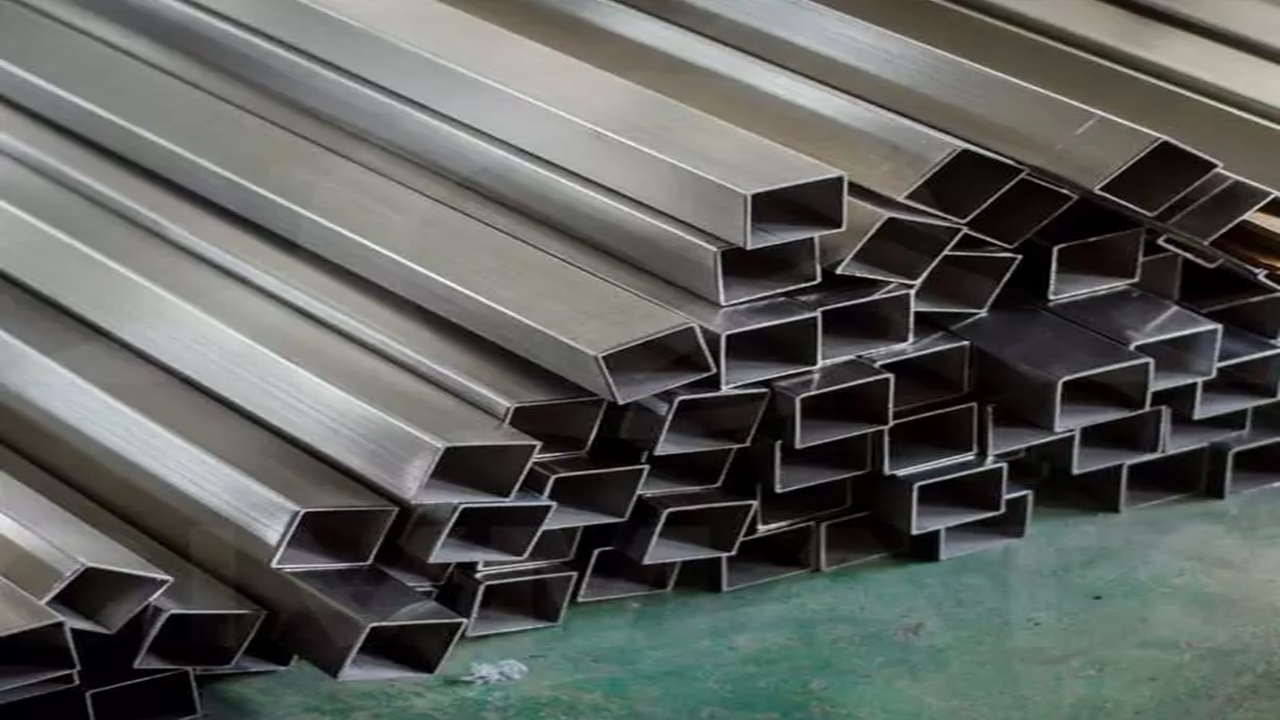Beneficient is a designer of technology products. He has a B.S. in electrical engineering and an M.S. in computer science from Stanford University, and he has worked at several startups, including Google and Facebook. He is the co-founder of Conversion.ai, Proof, and Apptopia.

Corrosion is a persistent threat to the integrity of metal structures, and ASTM A500 tubing, a staple in construction and infrastructure, is no exception. The significance of corrosion prevention in ASTM A500 tubing cannot be overstated. As a standard specification for cold-formed welded and seamless carbon steel structural tubing, its durability is crucial for the safety and longevity of diverse applications. Effective corrosion prevention measures are essential to mitigate the impact of environmental factors on the structural integrity of ASTM A500 tubing. Learn more about ASTM A500 tubing and corrosion prevention at https://uniacero.com/astm-a500/.
The Versatility of ASTM A500 Tubing
ASTM A500 tubing finds extensive use in various applications, ranging from providing structural support in buildings to serving as load-bearing components in bridges. Its versatility lies in its strength and adaptability to different construction needs. However, this adaptability comes with a vulnerability to corrosion, which can compromise the tubing’s structural integrity over time.
The Susceptibility to Corrosion
Carbon steel, the primary material in ASTM A500 tubing, is robust and cost-effective, making it a popular choice. However, it is inherently susceptible to rust and corrosion. Exposure to environmental elements, moisture, and other corrosive agents can lead to the deterioration of the tubing. To combat this, proactive measures are essential to ensure the longevity and reliability of ASTM A500 tubing.
Methods of Corrosion Prevention
To address the susceptibility of ASTM A500 tubing to corrosion, various effective methods are employed, with surface coatings being a prominent approach.
Zinc Coating: A Physical and Sacrificial Barrier
Zinc coating is widely used to create a protective barrier between the steel surface and corrosive elements. This coating acts both as a physical barrier and provides sacrificial protection by corroding in place of the underlying steel.
Galvanization: Metallurgical Bond for Enhanced Durability
Galvanization involves immersing the tubing in molten zinc, forming a metallurgical bond with the steel. This process creates a robust shield, preventing corrosive elements from reaching the underlying steel surface. Galvanization is known for its durability and ability to withstand harsh environmental conditions.
Additional Protective Measures: Epoxy and Polymer Coatings
In addition to zinc coating and galvanization, epoxy, and other polymer coatings are applied to enhance further resistance against corrosion. These coatings provide an extra layer of protection, increasing the tubing’s ability to withstand corrosive environments.
Maintenance and Inspection: Ensuring Longevity
Regular maintenance and inspection are integral components of any corrosion prevention strategy. Timely identification of potential corrosion issues allows for prompt intervention, preventing further deterioration and ensuring the longevity of ASTM A500 tubing.
Timely Intervention: Addressing Signs of Corrosion
Identifying potential corrosion issues early on is crucial for prompt intervention. This ensures that necessary measures are taken to prevent further deterioration, preserving the structural integrity of the tubing.
Routine Maintenance Practices
Routine cleaning, inspection for damage to coatings, and promptly addressing any signs of corrosion are essential steps in maintaining the tubing’s structural integrity. This proactive approach contributes significantly to prolonging the service life of ASTM A500 tubing.
Conclusion
In conclusion, corrosion prevention is paramount to ensure the durability of ASTM A500 tubing. Employing effective methods such as zinc coating, galvanization, and regular maintenance practices can significantly enhance resistance to corrosion, thereby extending the tubing’s service life. For those seeking high-quality ASTM A500 tubing and reliable corrosion prevention solutions, exploring reputable suppliers is essential.
